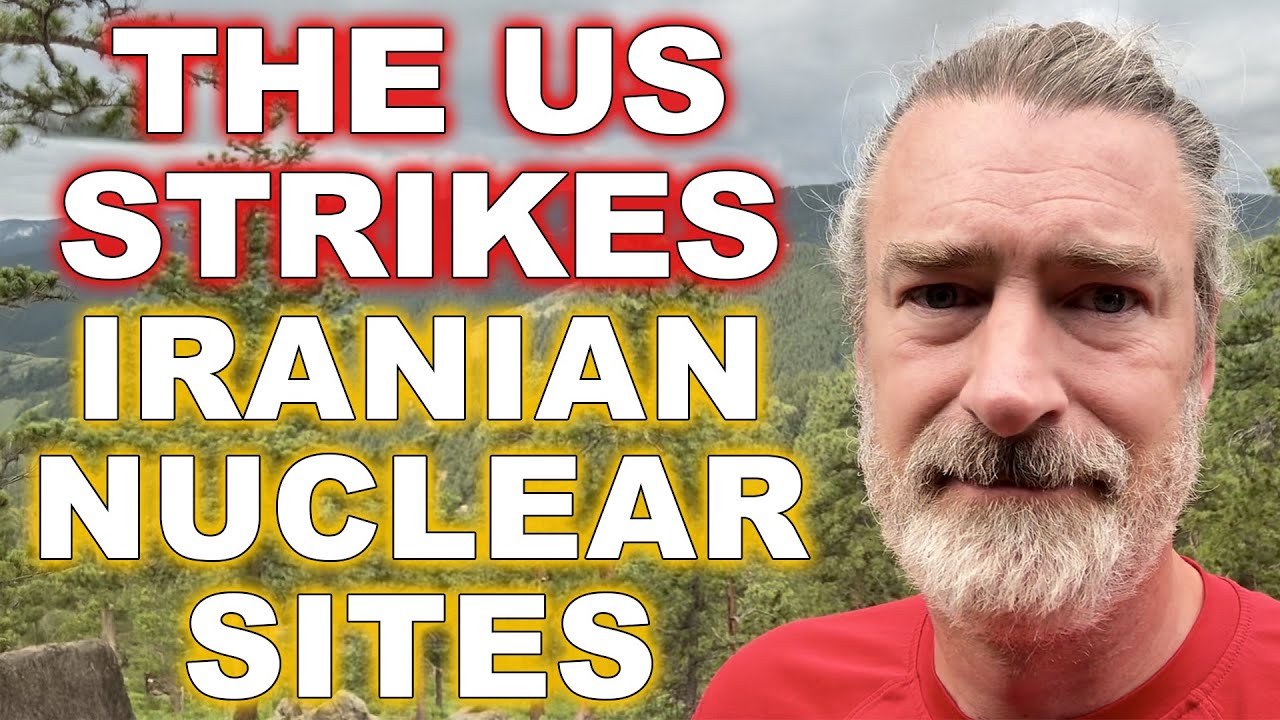Peter Zeihan explains that the US conducted significant strikes using bunker buster bombs on Iran’s underground nuclear facilities, aiming to delay Iran’s nuclear progress but not ending it entirely. While these attacks mark a major military action, Iran’s limited conventional military power and ongoing covert activities suggest ongoing instability and a potential for Iran to pursue alternative strategies.
Peter Zeihan discusses recent US military actions against Iran’s nuclear facilities, noting that the US dropped bunker buster bombs on key sites such as Fordo, Natans, and Ishfan. While the specific damage remains unclear and assessments are pending, the strikes targeted heavily fortified underground and underground-enclosed areas involved in uranium enrichment and manufacturing. The initial reports suggest a significant effort to disrupt Iran’s nuclear program, marking the first deployment of their advanced GBU 57 bombs in combat.
He highlights the differing narratives from US officials, with President Trump claiming all Iranian facilities have been destroyed, while military authorities acknowledge the lack of concrete damage assessments. Zeihan emphasizes that Iran’s military is primarily a civil and paramilitary force lacking conventional military capabilities, meaning they cannot easily engage with a traditional army or navy to retaliate directly. Iran’s influence is mostly maintained through sectarian proxies like Hezbollah, which are currently relatively neutered, and their ability to cause direct harm is limited.
Zeihan points out that Iran operates under a “holding pattern,” with ongoing weapon transfers, sectarian conflicts, and sporadic violence, but lacks the strategic intention or capacity to make a major shift toward conventional warfare or peace deals. Iran has not signed comprehensive security agreements and prefers to engage in economic cooperation and covert activities with countries like Russia and China. For now, the Middle East remains a landscape of instability, with no indication of a fundamental change soon.
Regarding the US strikes’ implications, Zeihan notes that this is the first time the US has used the massive GBU 57 bunker busters in combat, testing their effectiveness against Iran’s underground nuclear facilities. While these bombs could potentially set back Iran’s nuclear ambitions, they are not a definitive end. Iran had decades to prepare for such attacks, and they possess numerous additional sites and capabilities to continue or rebuild their nuclear program.
Finally, Zeihan assesses that Israel’s military can target Iran’s air defenses and conduct operations above Iranian skies, but lacks the deep strike ability necessary to eliminate Iran’s nuclear infrastructure entirely. The US also faces limitations in deep-strike capabilities. Though the strikes have likely delayed Iran’s nuclear advances, they have not halted them. Iran may now attempt to revive its paramilitary forces or develop new strategies, but the next steps remain uncertain and will not be apparent in the immediate future.
